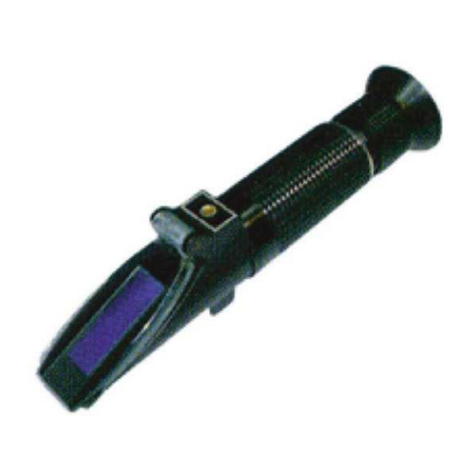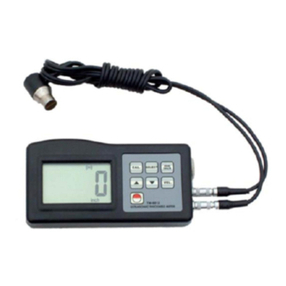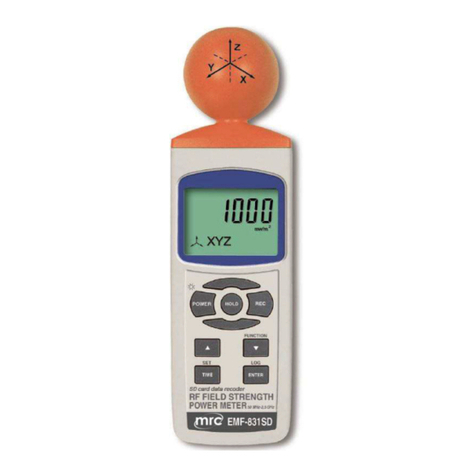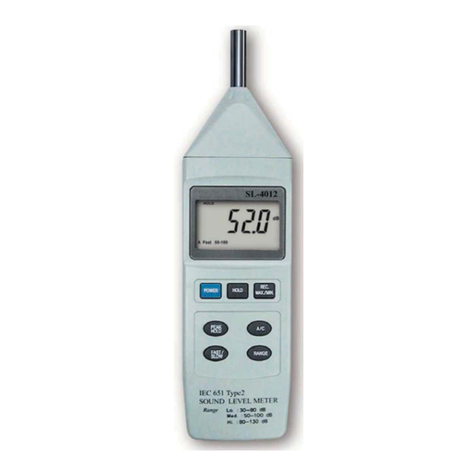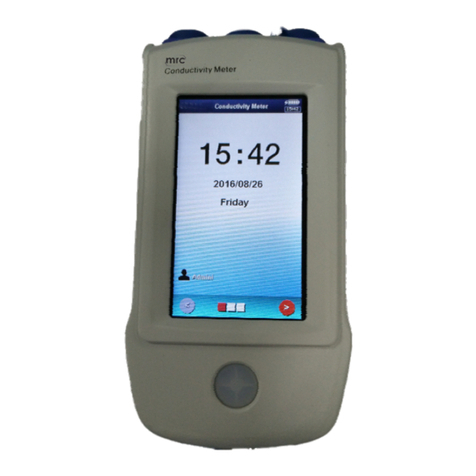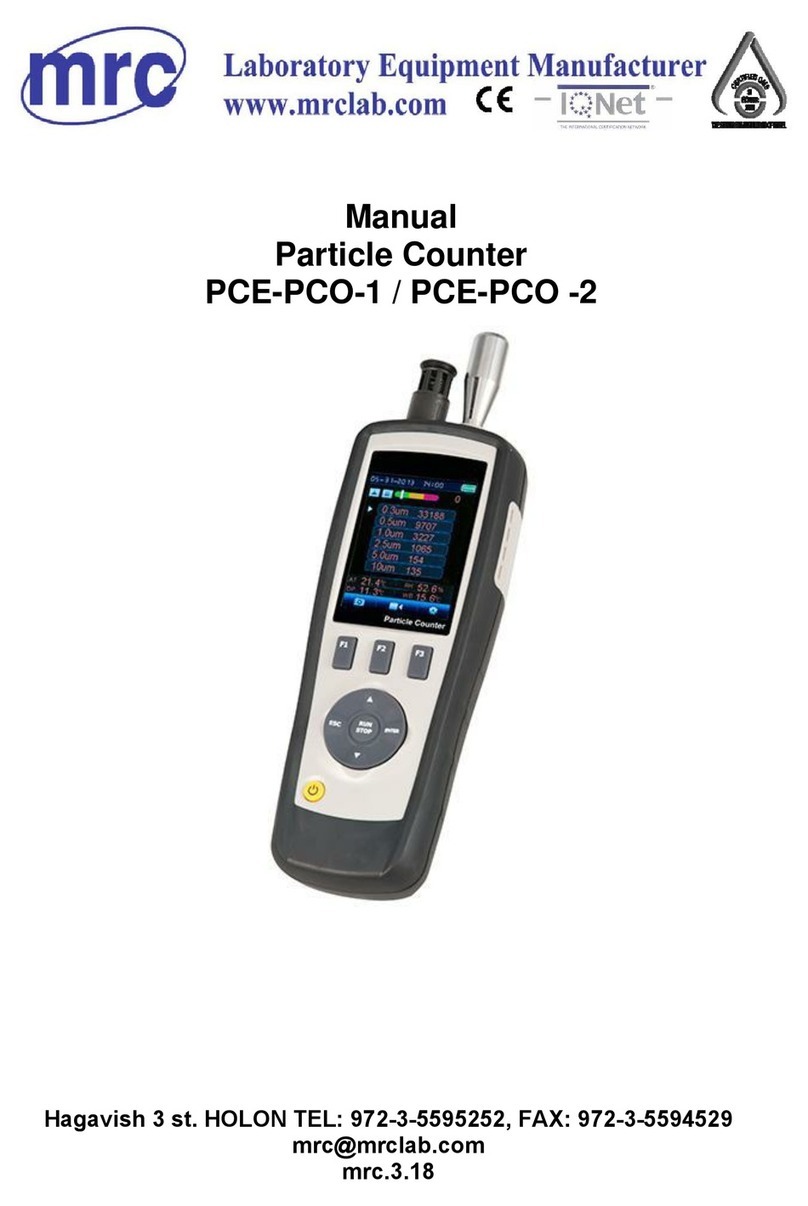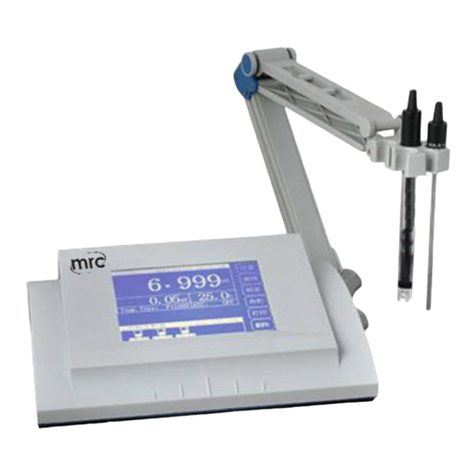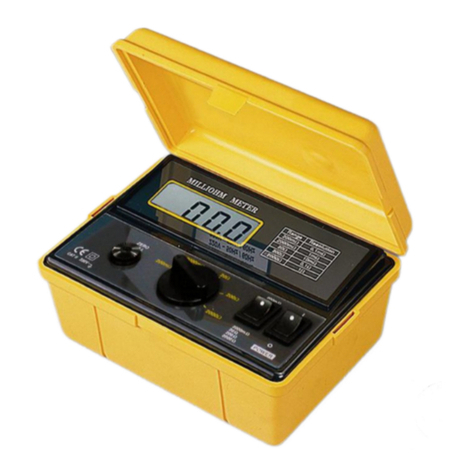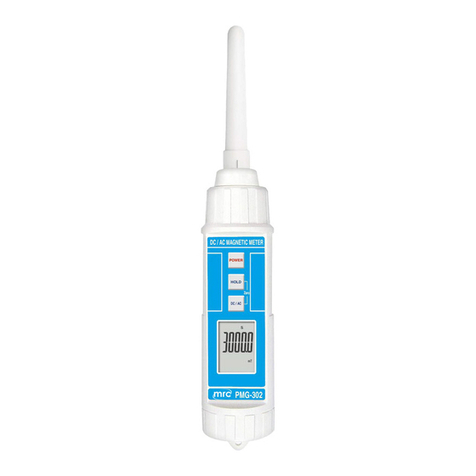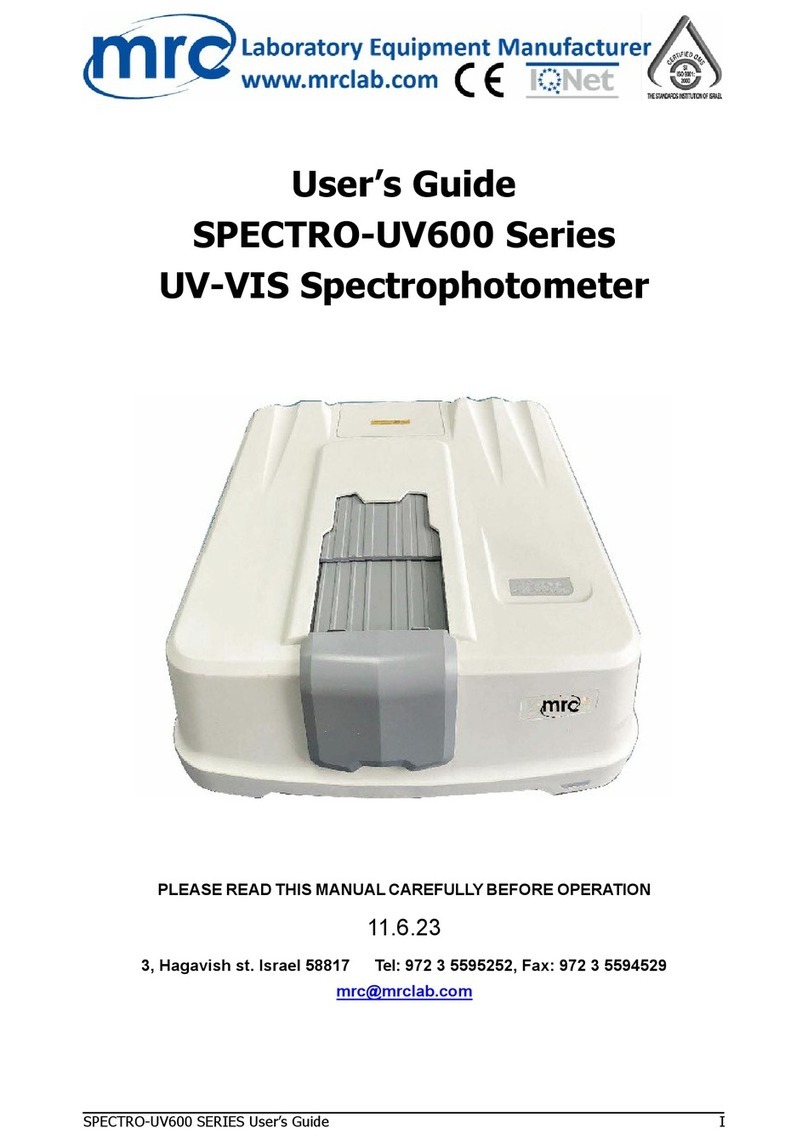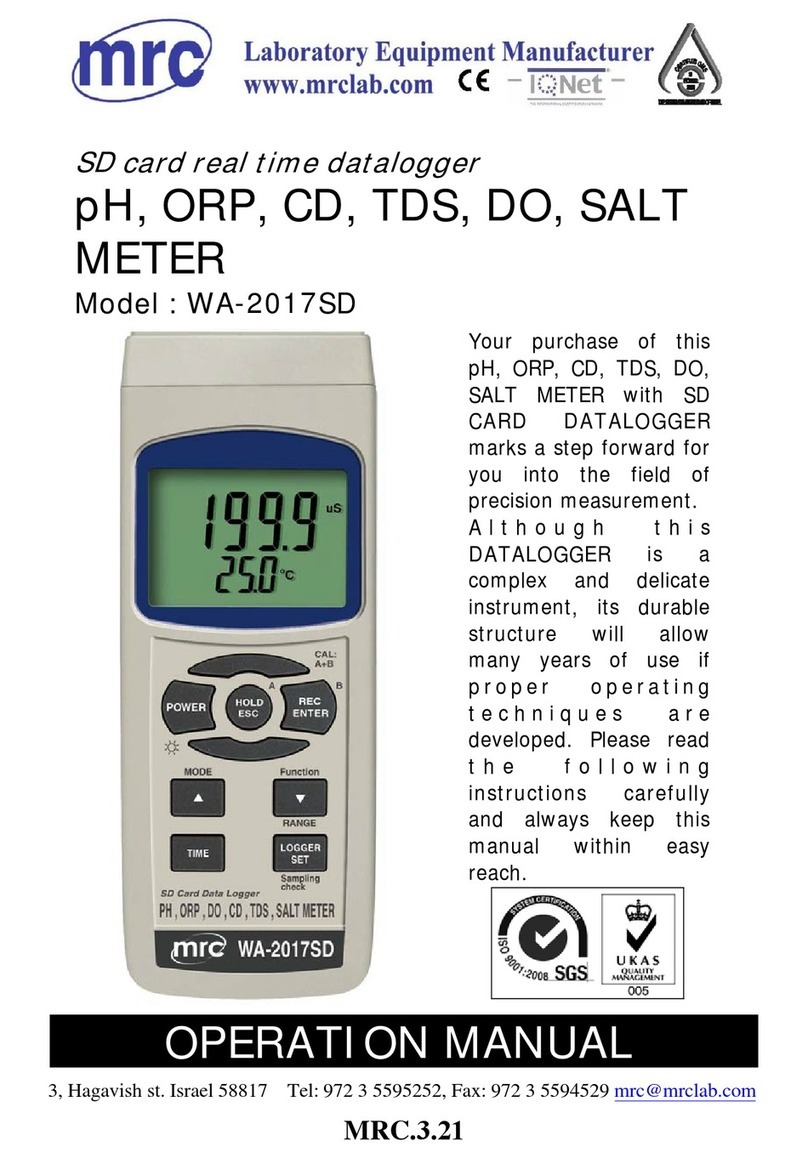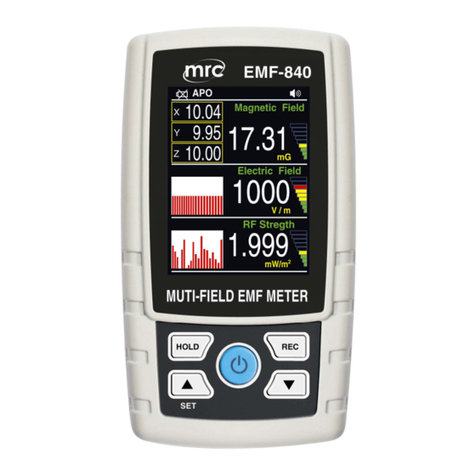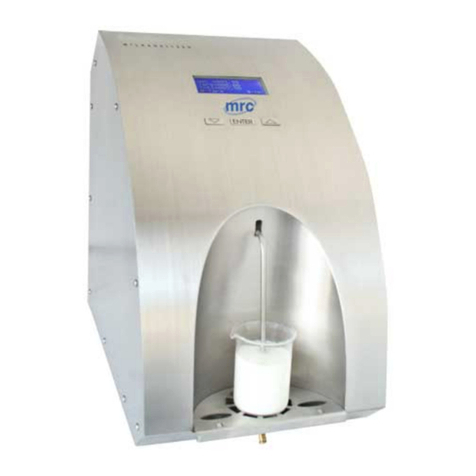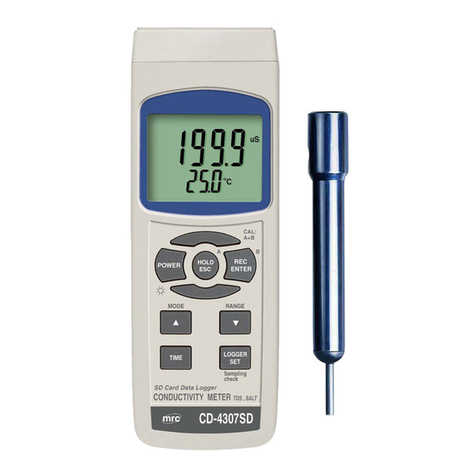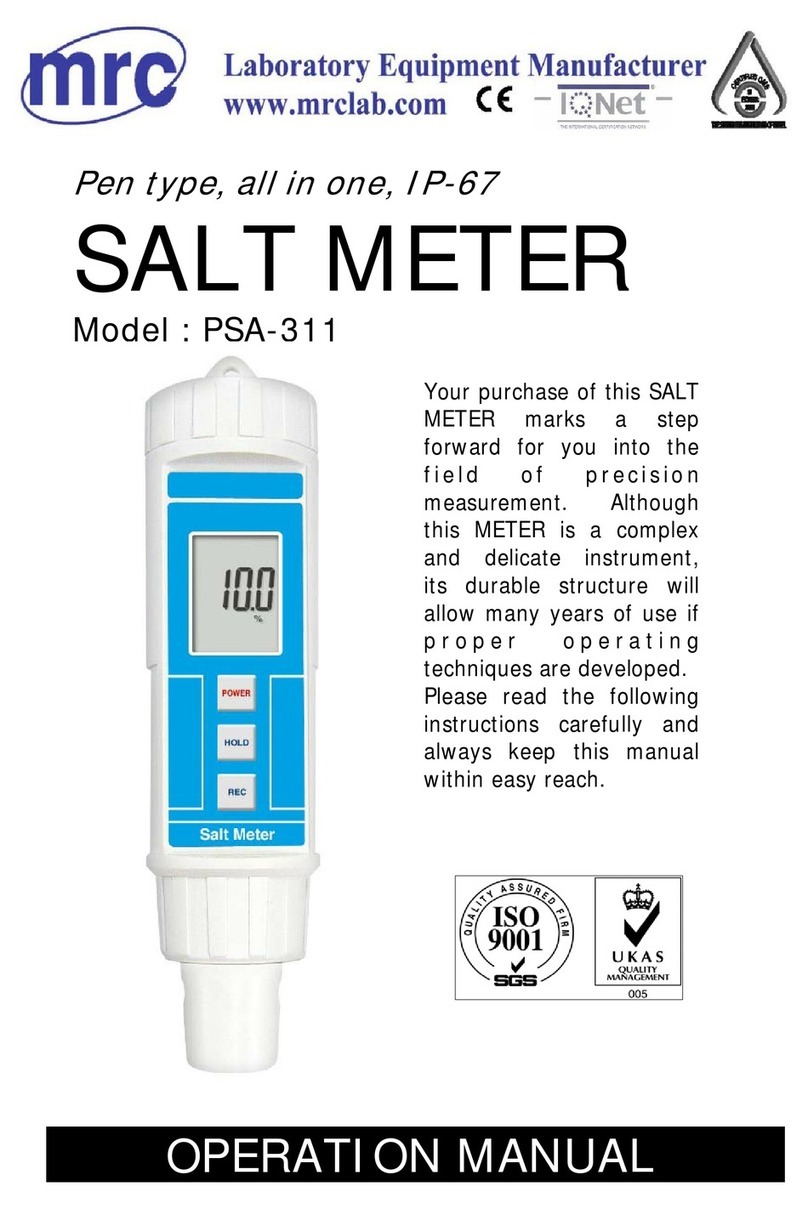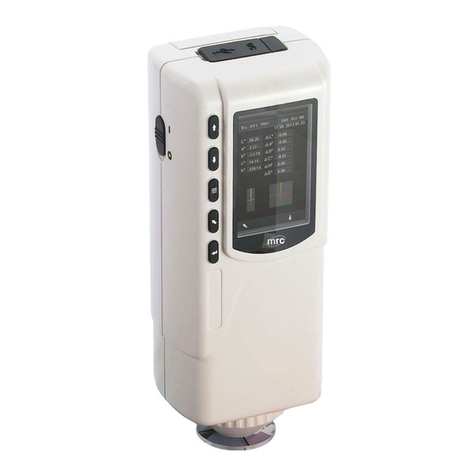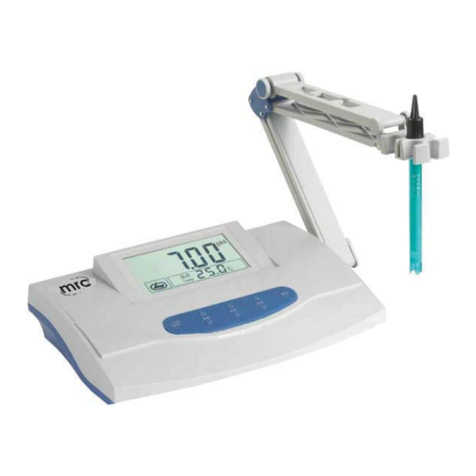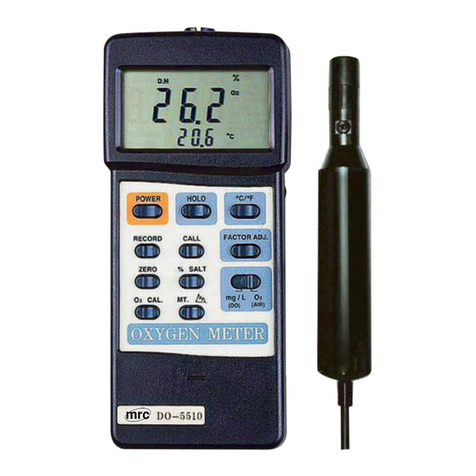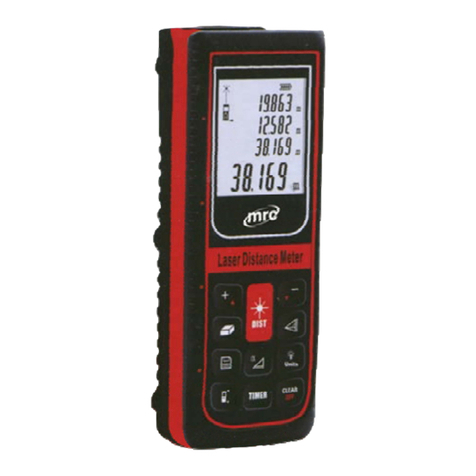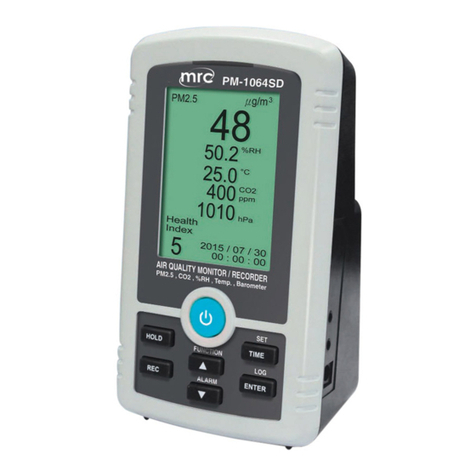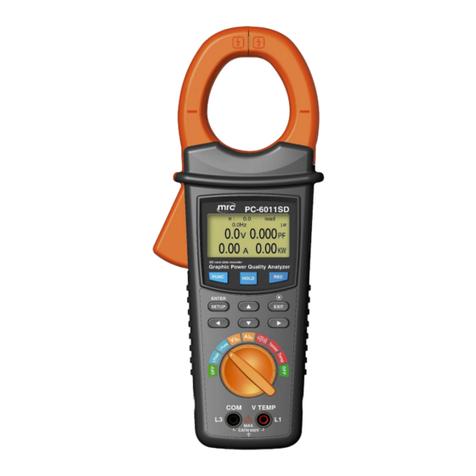
Contents
1. Product Overview........................................................................................................................... 1
1.1 Introduction.............................................................................................................................1
1.2 Applications............................................................................................................................ 1
1.3 Advantages..............................................................................................................................1
1.4 Unpacking............................................................................................................................... 1
2. Structure and Principle.................................................................................................................. 4
2.1 Instrument Overview.............................................................................................................. 4
2.1.1 Front View....................................................................................................................4
2.1.2 Left view...................................................................................................................... 4
2.1.3 Right view....................................................................................................................5
2.1.4 Front view.................................................................................................................... 6
2.1.5 Rear view..................................................................................................................... 6
2.2 Working Principle................................................................................................................... 6
2.3 System Components................................................................................................................7
2.3.1 Excitation System........................................................................................................ 7
2.3.2 Optics System.............................................................................................................. 7
2.3.3 Detection System......................................................................................................... 7
3. Technical Specifications..................................................................................................................8
3.1 Standard configuration............................................................................................................8
3.2 Specification............................................................................................................................8
3.3 Parameters...............................................................................................................................8
4. Basic operations.............................................................................................................................10
4.1 Battery...................................................................................................................................10
4.1.1 Assembly....................................................................................................................10
4.1.2 Charging.....................................................................................................................10
4.2 Use of adapter....................................................................................................................... 12
4.3 ON/OFF................................................................................................................................ 12
4.4 Conditions............................................................................................................................. 13
4.5 Sample Preparation............................................................................................................... 13
4.6 Sample handling....................................................................................................................14
5.Software introduction.................................................................................................................... 15
5.1 Power on............................................................................................................................... 15
5.2 User mode interface.............................................................................................................. 15
5.3 Test result.............................................................................................................................. 17
5.4 Operation...............................................................................................................................18













